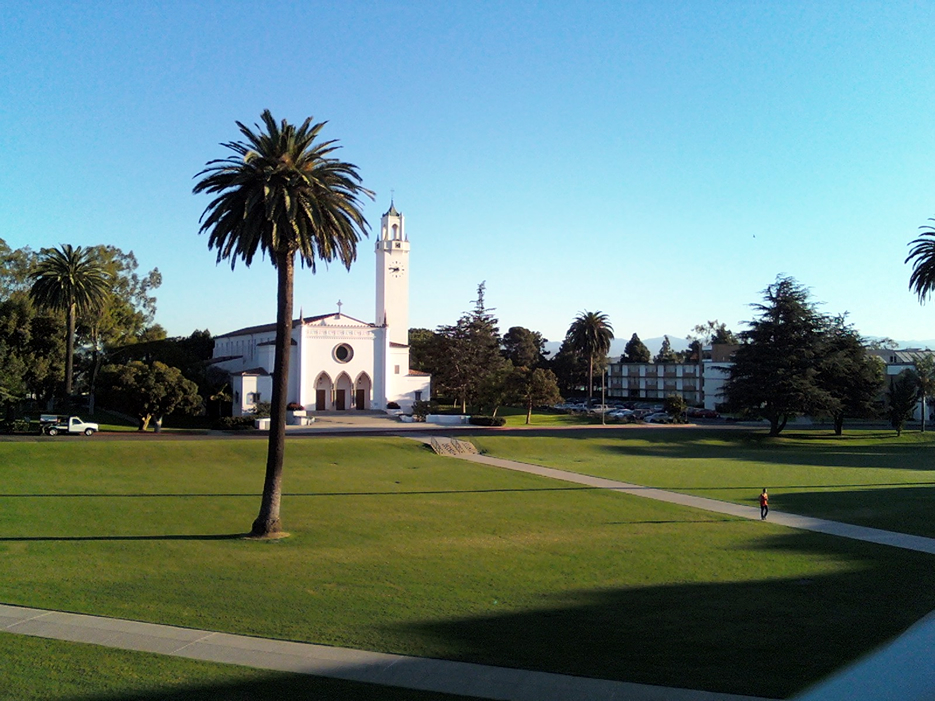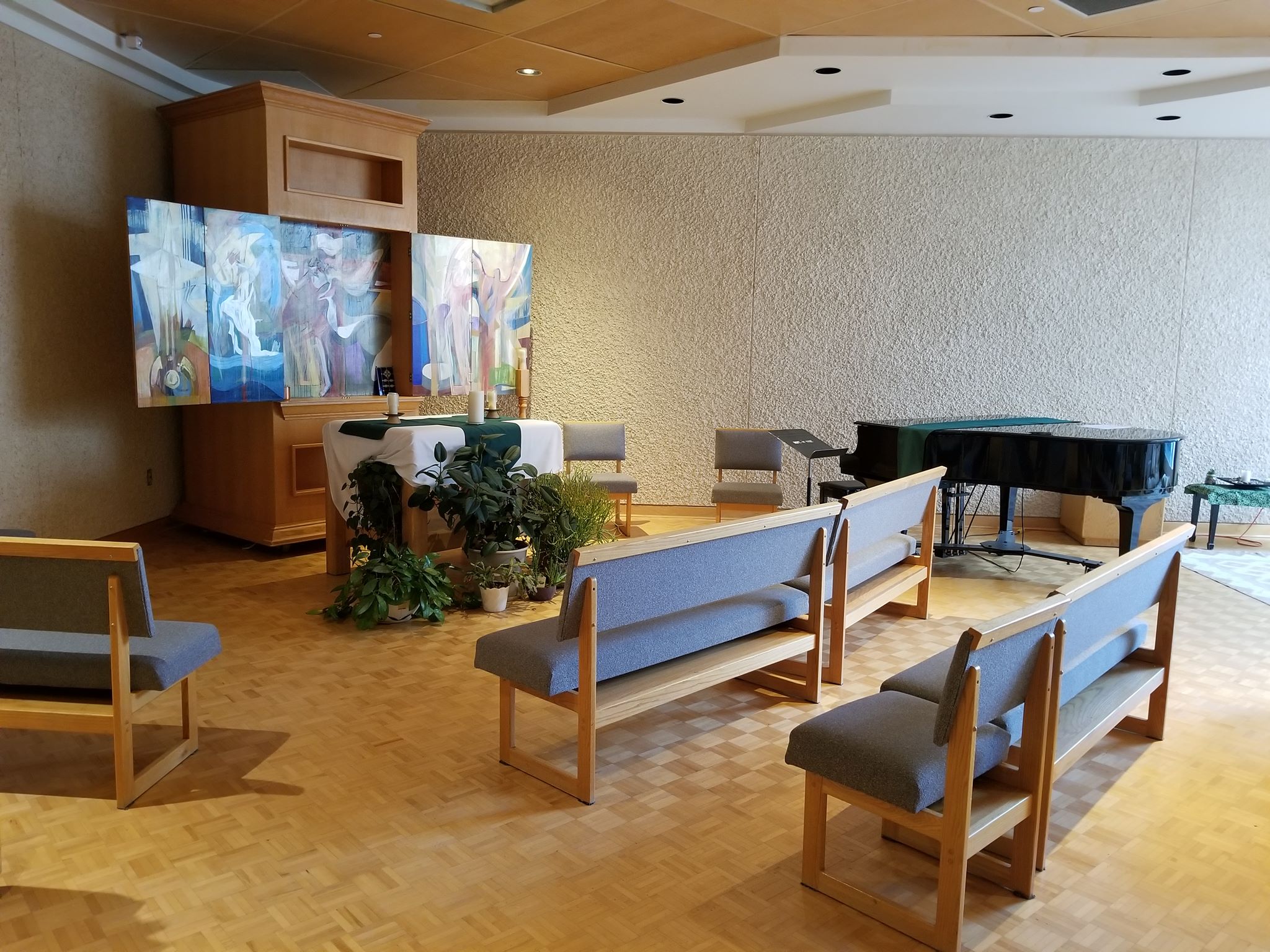Carnegie Mellon University School of Music

“The ideal architect should be a man of letters, a skillful draftsman, a mathematician,
familiar with historical studies, a diligent student of philosophy, acquainted with music,
not ignorant of medicine, learned in the responses of jurisconsults,
familiar with astronomy and astronomical calculations.”
Duncan G. Stroik is a practicing architect, author, and Professor of Architecture at the University of Notre Dame specializing in religious and classical architecture. Gathered here are images from Christ Chapel, Hillsdale College Michigan. His award-winning work includes the Our Lady of the Most Holy Trinity Chapel in Santa Paula, California, the Shrine of Our Lady of Guadalupe in LaCrosse, Wisconsin, and the Cathedral of Saint Joseph in Sioux Falls, South Dakota.
A frequent lecturer on sacred architecture and the classical tradition, Stroik authored The Church Building as a Sacred Place: Beauty, Transcendence and the Eternal and is the founding editor of Sacred Architecture Journal. He is a graduate of the University of Virginia and the Yale University School of Architecture. Professor Stroik is the 2016 winner of the Arthur Ross Award for Architecture. In 2019, he was appointed to the U.S. Commission of Fine Arts.
This content is accessible to paid subscribers. To view it please enter your password below or send mike@standardsmichigan.com a request for subscription details.
“We need the sense of the sacred, and the sense that things transcend our grasp.
We need to know that we are dependent on others,
and that the condition of our existence is the existence of others.”
— Sir Roger Scruton
The founding of many education communities is inspired by faith communities. In many of them the place of worship was the very first building. College and university chapels are central places of worship for students, staff and faculty, and provide a space for solitude and reflection. A place for feeling at home in the world.
There are several hundred technical standards, or parts of standards, that govern how churches and chapels are made safe and sustainable. Owing to innovations in construction, operation and management methods, those standards move, ever so slightly, on a near-daily basis. They are highly interdependent; confounded by county-level adaptations; and impossible to harmonize by adoption cycle. That movement tracked here as best we can within the limit of our resources and priorities. That’s why it’s best to simply click into our daily colloquia if you have a question or need guidance.
Today is the Feast of Corpus Christi.
The 13th century Eucharistic chant of Ave verum corpus was set to music by Mozart in 1791 to be sung especially to celebrate the feast day.
Here I sing it in the historic chapel of Launde Abbey. #History pic.twitter.com/frkUFkPHVj
— Katie Marshall (@KatieHistory) June 11, 2023
The image criteria of our WordPress theme does not permit many images of college and university chapels to be shown fully-dimensioned on sliders or widget galleries. We reproduce a few of the outsized images here and leave the complexities of financing, designing, building and maintaining of them in a safe and sustainable manner for another day. CLICK HERE for the links to our Sacred Space Standards workspace.
Click on any image for author attribution, photo credit or other information*.
In the sun-dappled chapel, all 155 new families were welcomed to the start of their Denstone journey. #ItStartsHere pic.twitter.com/veefqSVBGG
— Head | Denstone College (@DenstoneHead) September 3, 2023
I believe in Christianity as I believe that the sun has risen:
not only because I see it, but because by it I see everything else.
— C.S. Lewis
The “Dark Ages” produced the most divine vessels of light ever built.
Sainte-Chapelle:pic.twitter.com/B2lPLtWEVx
— Culture Critic (@Culture_Crit) February 12, 2024
Sainte-Chapelle:pic.twitter.com/B2lPLtWEVx
— Culture Critic (@Culture_Crit) February 12, 2024

Loyola Marymount University / Los Angeles, California

Luther College at the University of Regina / Saskatchewan, Canada
![]()
![]()
![]()
![]()
Christ’s Chapel | Hillsdale College, Michigan![]()
![]()
![]()
![]()
![]()
![]()
![]()
![]()
![]()
![]()
![]()
![]()
![]()
![]()
![]()
![]()
![]()
![]()
![]()
![]()
![]()
St. Ignatius Church | University of San Francisco![]()
![]()
![]()
![]()
More coming.
*404 ERRORS and Page Not Found messages are common as webmasters move content.
More
CLICK HERE for bibliography
Quantum information science is a field of study that combines the principles of quantum mechanics and information theory to develop new methods for processing, storing, and transmitting information. It aims to use the unique properties of quantum systems, such as superposition and entanglement, to create more powerful and secure computing and communication technologies than are possible with classical systems.
In quantum information science, information is represented using quantum bits, or qubits, which can exist in superposition states, allowing for simultaneous processing of multiple values. By entangling qubits, it is possible to perform operations on them collectively, leading to faster and more efficient computation.
The field of quantum information science was founded in the 1980s and 1990s by a number of researchers who realized that the principles of quantum mechanics could be used to develop new methods for processing, transmitting, and securing information. Some of the key figures who are credited with founding the field of quantum information science include:
These and other researchers made significant contributions to the development of quantum information science, and the field has since grown to encompass a wide range of topics, including quantum cryptography, quantum communication, and quantum sensing, among others.
“This Is My Song” is a hymn that was written by Lloyd Stone in 1934, with music composed by Jean Sibelius, a Finnish composer. The hymn was originally titled “A Song of Peace” and was written during a time of global unrest, just before World War II. Lloyd Stone was an American minister, and he wrote the lyrics to express his desire for peace and unity among nations.
The hymn gained popularity for its message of peace and hope during a turbulent period in world history. Over the years, it has been included in various hymnals and sung in churches and gatherings around the world. The combination of Stone’s heartfelt lyrics and Sibelius’s stirring music has made it a beloved hymn that continues to be sung to this day. The hymn is often used in interfaith and ecumenical settings to promote the idea of peace among all nations and people.
United States Food & Drug Administration | Distilled Spirits
— Dr. Maya C. Popa (@MayaCPopa) May 26, 2023
https://www.facebook.com/groups/1089237785165822/permalink/1515826392506957/
New update alert! The 2022 update to the Trademark Assignment Dataset is now available online. Find 1.29 million trademark assignments, involving 2.28 million unique trademark properties issued by the USPTO between March 1952 and January 2023: https://t.co/njrDAbSpwB pic.twitter.com/GkAXrHoQ9T
— USPTO (@uspto) July 13, 2023
Standards Michigan Group, LLC
2723 South State Street | Suite 150
Ann Arbor, MI 48104 USA
888-746-3670
